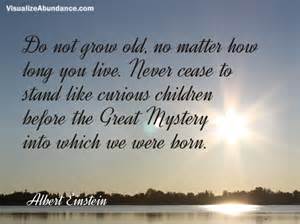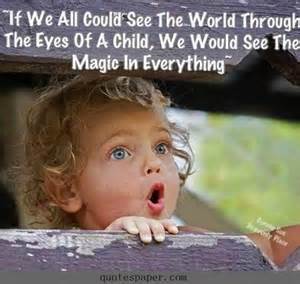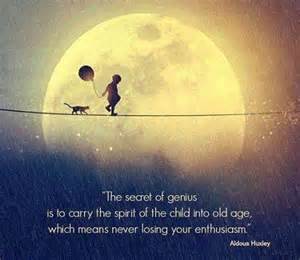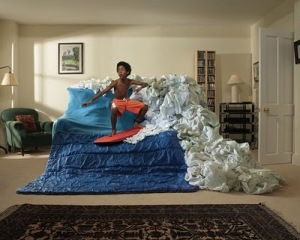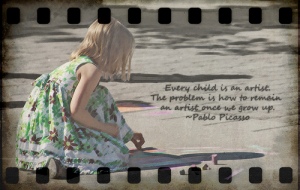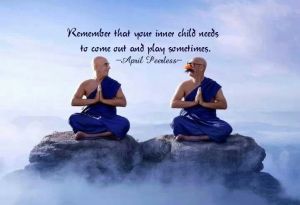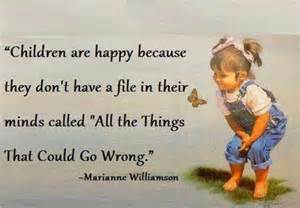Since the post last week, were you able to connect with your inner child? If so, did you feel more enthusiastic about things? Did you feel invigorated? Did you smile more? Did you seek solutions to issues with more creativity? If you did connect with your inner child, I hope you noticed a difference in how you approached things throughout the week.
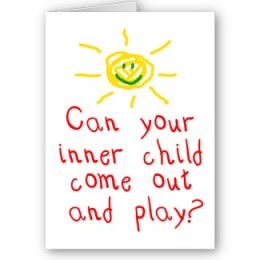
This week, we continue our discussion on the inner child, but do so with a focus on childlike wonder. Childlike wonder is an attitude; it is a way of seeing the magic in simple things and finding the fun and joy in simple things. (Note, our inner child is the action side of this duo.) Childlike wonder allows us to:
+ have little or no fear of the unknown
+ venture out of our comfort zone
+be imaginative and creative
+have little or no fear of failure
+be a visionary
+take on challenges
+believe we can achieve whatever we conceive
+try new things
It is these qualities of childlike wonder that help us in times of change. Change can bring on an unknown. It can move us out of our comfort zone. We may be afraid to try a creative solution or try something new because we fear failure. Think how much easier it would be to deal with change and whatever it throws your way if you take a step back, take a deep breath, and look at what is facing you with “childlike wonder.” See something for the “first time.” Be fearless. Think: so what if I make a mistake or fail. Think: what is the wildest thing I can think of to solve this issue or deal with this problem?
What we don’t know or can’t see in our changed environment often throws us for a loop. But, what if we allowed the part of our childlike wonder – the child’s ability to trust in what can’t be seen or what isn’t yet known – to take over and guide us in our approach to or in our decision making within the changed environment? This approach opens up endless possibilities for us. This approach allows us to be more creative, imaginative, innovative, divergent, or just plain different in how we deal with or solve whatever we’re facing in the changed environment. As Walt Streightiff says, “There are no seven wonders of the world in the eyes of a child. There are seven million.”
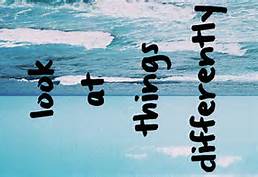
As a strategy to deal with change, using childlike wonder to seek solutions and solve problems is priceless. But, how do we go about recapturing or developing our childlike wonder?
1 Avoid placing conditions or limits on what we desire. Remain open at all times to receive the unexpected as well as what we think is coming. Start each day with an open mind about opportunities that may come your way. Be ready for the who, what, where, when, and why of each day. “Anticipate the day as if it was your birthday again and you are turning six again.” (Mike Dolan)

2 Don’t let facts get in the way of your imagination (Sam Levenson). Imagination is the ability of our minds to form pictures of something we have not seen or experienced or to think of new ways to use common things. It is the creative part of our minds. Our imagination allows us to look at things from a different point of view. With childlike wonder, our imagination reverts to a time when we might say, “So what if this doesn’t make sense; it works for the situation.” A perfect example of this technique is found in the story Harold and the Purple Crayon. Harold is a four-year old boy who uses his purple crayon to create a world of his own simply by drawing it. He wants to go for a walk in the moonlight, but there is no moon, so he draws one. He draws a path to walk on because none is there. Harold draws himself a landscape that is full of wonder and excitement; forget facts! This story is the perfect example of just how far you imagination can take you…if you forget the facts.
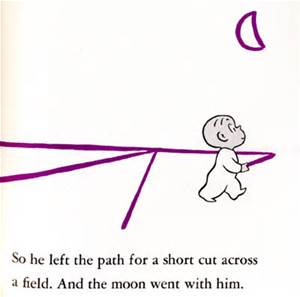
If change has rocked your world, get out your “purple crayon” and cover the world with imagination as Robert Fulghum says, “Maybe we should develop a Crayola bomb as our next secret weapon. A happiness weapon. A beauty bomb. And every time a crisis developed, we would launch one. It would explode high in the air – explode softly – and send thousands, millions, of little parachutes into the air. Floating down to earth – boxes of Crayolas. And we wouldn’t go cheap, either – not little boxes of eight. Boxes of sixty-four, with the sharpener built right in. With silver and gold and copper, magenta and peach and lime, amber and umber and all the rest. And people would smile and get a little funny look on their faces and cover the world with imagination.”

- Remain open to awe and wonder. Young children seem to find awe and wonder in the simplest and smallest of things. Think back to how you felt on some important firsts that you can remember. That is what I’m talking about here. Go back to a time when you were impressed by things. Avoid being cynical. Look for the extraordinary in the ordinary. Look at everything as if you were seeing it for the first time. Quiet the mind and allow yourself to see and sense what is around you. (Working with young children helps keep this alive in me.)
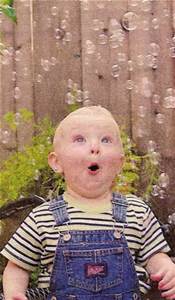
4 Be silly. Pull out the coloring book and crayons and maybe even color outside the lines. Blow bubbles. Create with play doh. Run through a puddle. Do something that makes you smile and laugh.

Albert Einstein in a letter to a friend later in his life said, “People like you and me never grow old. We never cease to stand like curious children before the great mystery into which we were born.” Einstein never lost the intuition or awe of a child; he never lost his sense of wonder at things most adults find commonplace. We all need to be Einstein-like in our curiosity; with our sense of wonder and awe. Your challenge from me this week is to rediscover or reconnect with your inner child and to approach things with childlike wonder. See with the eyes of a child. Find wonder and awe, joy and happiness in the mundane, in everyday things. Don’t take anything for granted. If you can channel childlike wonder, you will find that you are more creative, imaginative, innovative, divergent, or just plain different in how you deal with or solve whatever you’re facing in the changed environment.
